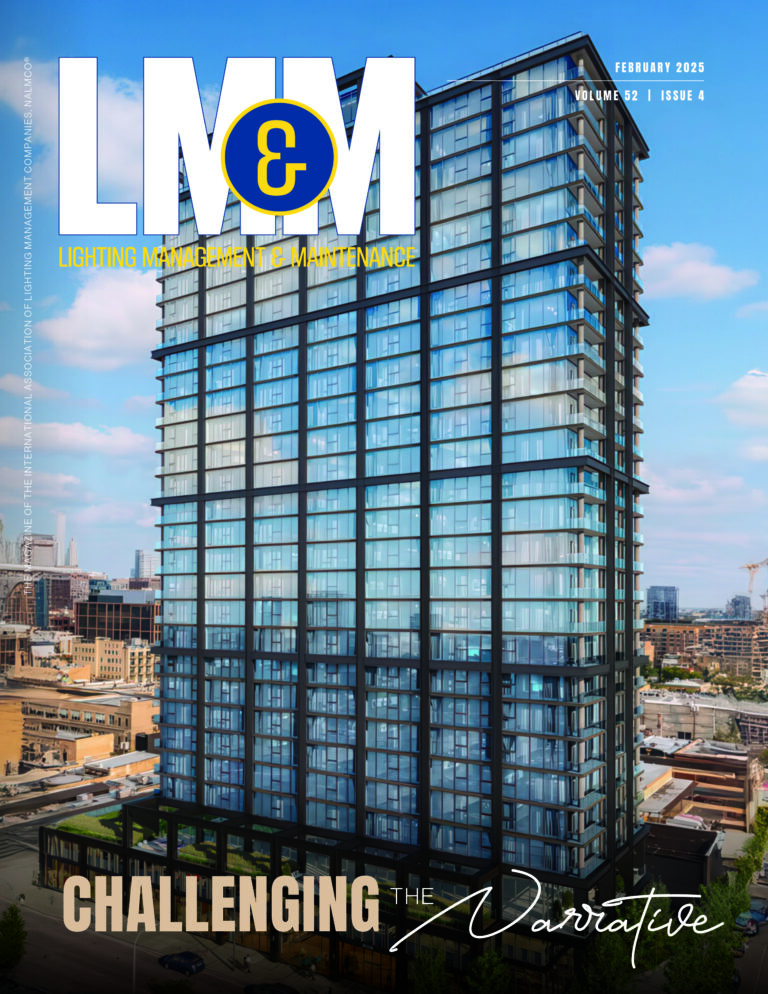Xenon Lamps—Not LED Lamps—Caused Degradation of Van Gogh Paintings
Fremont, Calif. – Jan. 16, 2012 – Recent press reports of a University of Antwerp in Belgium study regarding degradation of specific lead-chromate yellow pigments used by certain painters in the 19th and 20th centuries have been, loosely and irresponsibly, associated with LED lighting.
The degradation studies [Monico et al., Anal. Chem., 2013, 85 (2), pp 860–867] in fact employed a high-intensity Xenon lamp (Cermax 175W) as the photo-excitation source. Xenon lamp spectra are vastly different than those of white-emitting LEDs for illumination, with the Xenon lamp including significant amounts of ultraviolet (UV) light in the UV-A, UV-B, and UV-C wavelength regimes. Degradation was observed under intense (more than 1000x conventional illumination) irradiation when the Xenon lamp was used in conjunction with a so-called “blue” filter passing wavelengths between 335 nm (UV-A) and 525 nm (green), which is in fact about five times broader than the blue wavelength regime. Degradation was more pronounced when a UV filter (240-400 nm) was used, or with no filter at all.
Photo-oxidation effects are more probable as excitation wavelength gets shorter and it is very plausible that the degradation observed by the researchers at University of Antwerp is caused by UV-A light leaking through the “blue” filter they employed. In contrast, LEDs (including SORAA VIVID LED MR16 2700K, for example) emit essentially no UV-A emission – more than 100,000x less than the filtered Xenon lamp used in the University of Antwerp studies (see chart below.)

Soraa is committed to developing high-color-quality LED light sources for all illumination applications including displays of paintings and rare artifacts, of which we recognize the importance and need for preservation.
For more information about Soraa’s VIVID LED MR16 lamp, visit www.soraa.com.



